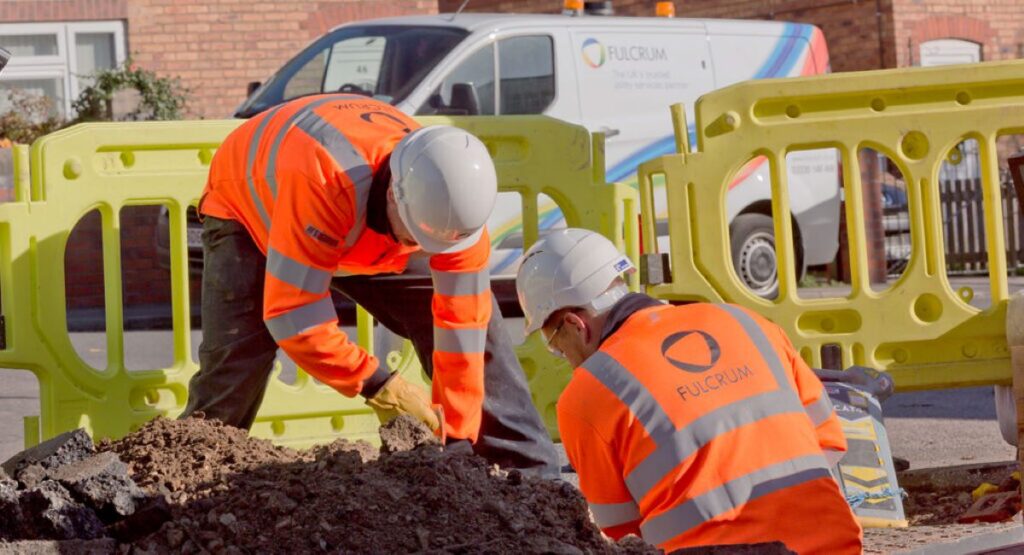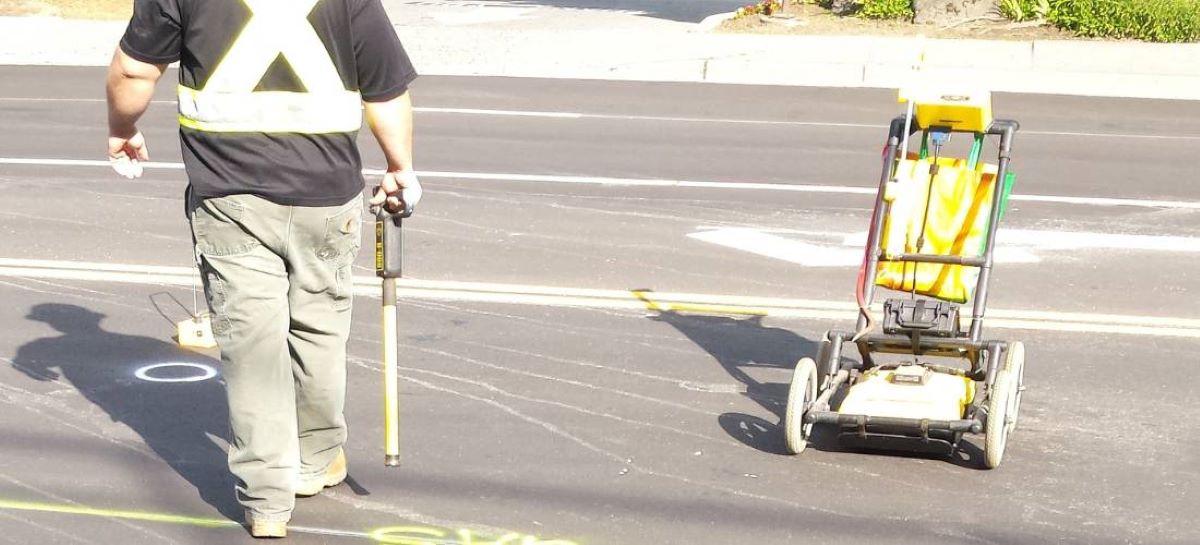When embarking on any construction, excavation, or development project, one of the most crucial steps is ensuring the safety and accuracy of digging activities. Underground utilities, such as water lines, electrical cables, gas pipes, and communication lines, are often buried beneath the surface and can be difficult to locate without proper tools. This is where an underground utility locator comes into play. These specialized devices and services help identify the precise location of buried utilities, which is essential for avoiding costly mistakes, improving safety, and ensuring the success of your project.
In this article, we will explore the key benefits of using an underground utility locator for your next project.
1. Enhanced Safety on the Job Site
One of the most important reasons to use an underground utility locator is to ensure the safety of workers and the public. Accidentally striking a buried utility line can result in serious injuries, service interruptions, or even fatalities. By accurately identifying the location of underground utilities, you can prevent accidental damage, reduce the risk of electrical or gas line explosions, and avoid hazardous situations that could endanger the project team and local community.
Using a utility locator ensures that workers are aware of potential hazards before excavation begins, allowing them to take the necessary precautions and avoid dangerous encounters with underground utilities.
2. Prevent Costly Damages and Delays
Striking an underground utility line can lead to significant financial setbacks. Repairing damaged utilities can be expensive, and the project timeline may face major delays due to the need for repairs and additional safety measures. Furthermore, utility service disruptions can cause inconvenience to the surrounding community, leading to potential fines or legal liabilities.
With a utility locator, you can pinpoint the exact location of utilities, preventing accidental damage and avoiding costly repairs. This proactive step can save your project time and money, ensuring that it stays on track and within budget.
3. Improved Project Planning and Accuracy
Knowing the exact location of underground utilities is essential for effective project planning and design. An underground utility locator provides detailed maps of utility networks, which helps project managers make informed decisions about where to dig, where to avoid, and how to plan the layout of the site. Accurate utility mapping also helps prevent conflicts between new and existing utility lines, ensuring that infrastructure placement aligns with the site’s true conditions.
This enhanced visibility allows for better coordination and decision-making during the construction process, minimizing the risk of errors or rework.
4. Reduced Risk of Utility Service Interruptions
Interrupting a utility service—whether it’s water, electricity, or telecommunications—can have far-reaching consequences, including service disruptions for local residents or businesses. In addition to the negative impact on the community, interruptions may result in penalties or legal action from utility providers.
By using an underground utility locator, you can avoid inadvertently damaging active utility lines, preventing unnecessary service outages and maintaining good relations with local utility companies and the surrounding community.
5. Compliance with Local Regulations
Many regions require that construction projects adhere to safety regulations that include accurately locating underground utilities before excavation begins. In some cases, failure to properly identify underground utilities can lead to fines, project delays, or legal issues. By using a utility locator, you ensure that your project complies with safety and regulatory standards, protecting both your team and your company from potential penalties.
Using a utility locator helps ensure that your project is legally compliant and avoids costly delays caused by oversight or negligence.
6. Increased Efficiency and Productivity
Once you have identified the exact locations of underground utilities, you can dig more confidently and efficiently. Utility locators allow construction crews to plan excavation routes more effectively, reducing the time spent on trial and error. With clear visibility of utility lines, your team can dig with precision, avoiding unnecessary excavation and focusing on the areas that require work.
Increased efficiency means your project will move forward faster, helping you meet deadlines and stay on schedule.

7. Long-Term Asset Management
Beyond the immediate benefits, using an underground utility locator can also be valuable for long-term asset management. Accurate utility maps and data collected during the project can be archived and used for future reference. This is particularly important for ongoing maintenance, future construction projects, or any upgrades to the utility infrastructure.
Having a detailed record of buried utilities can save time and resources in the future, making it easier to plan for additional development or respond to issues such as pipe leaks or electrical faults.
Conclusion
Using an underground utility locator for your project offers a wide range of benefits, from ensuring safety and compliance to preventing costly damages and delays. By accurately identifying the location of buried utilities, you can enhance project planning, improve efficiency, and avoid disruptions to utility services. Whether you’re working on a large-scale construction project or a smaller excavation job, investing in utility location services is essential for maintaining safety, reducing risks, and ensuring the overall success of your project.
Incorporating an underground utility locator into your project planning can help safeguard your budget, timeline, and reputation, ultimately leading to smoother, safer, and more efficient construction activities.

Leave a Reply